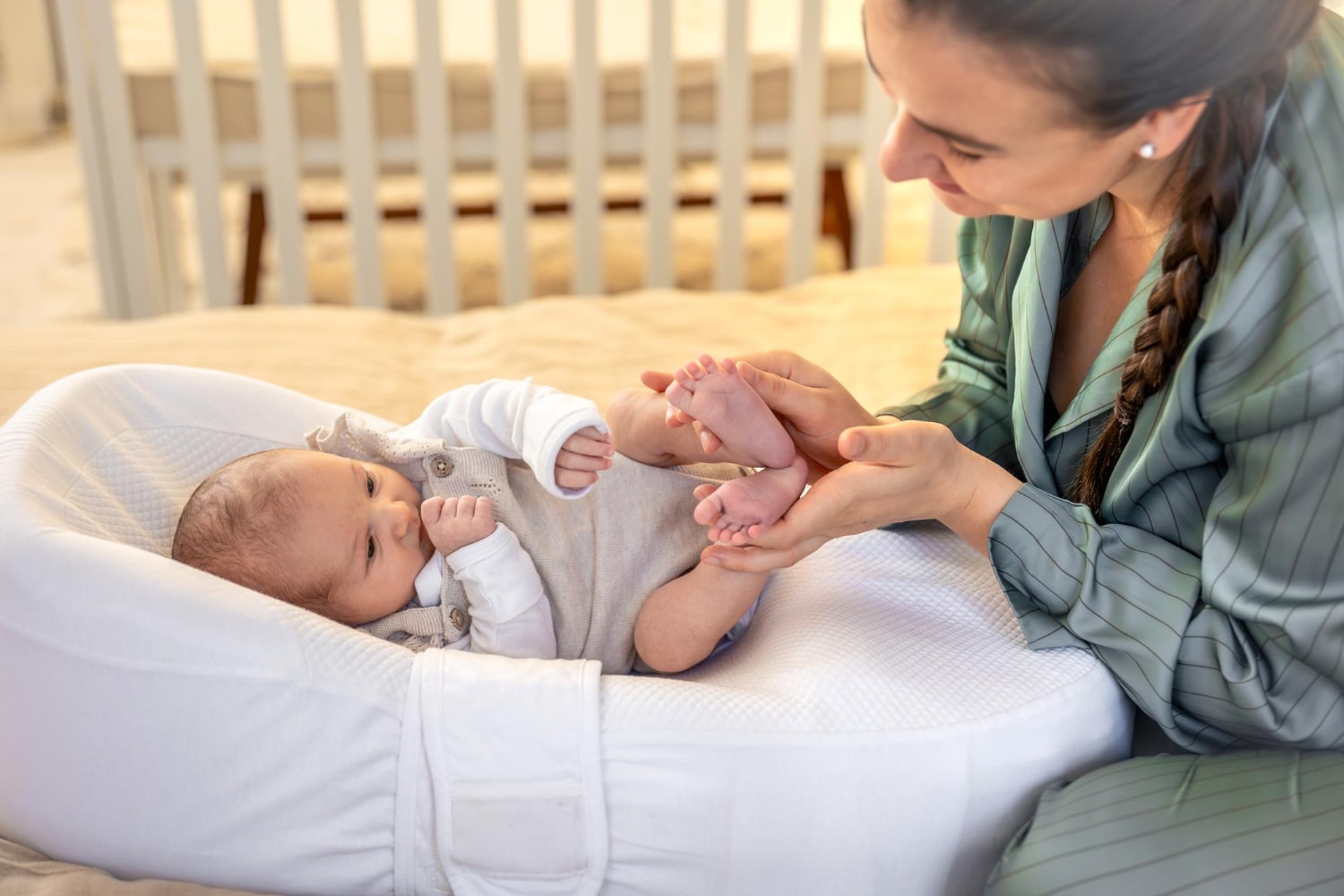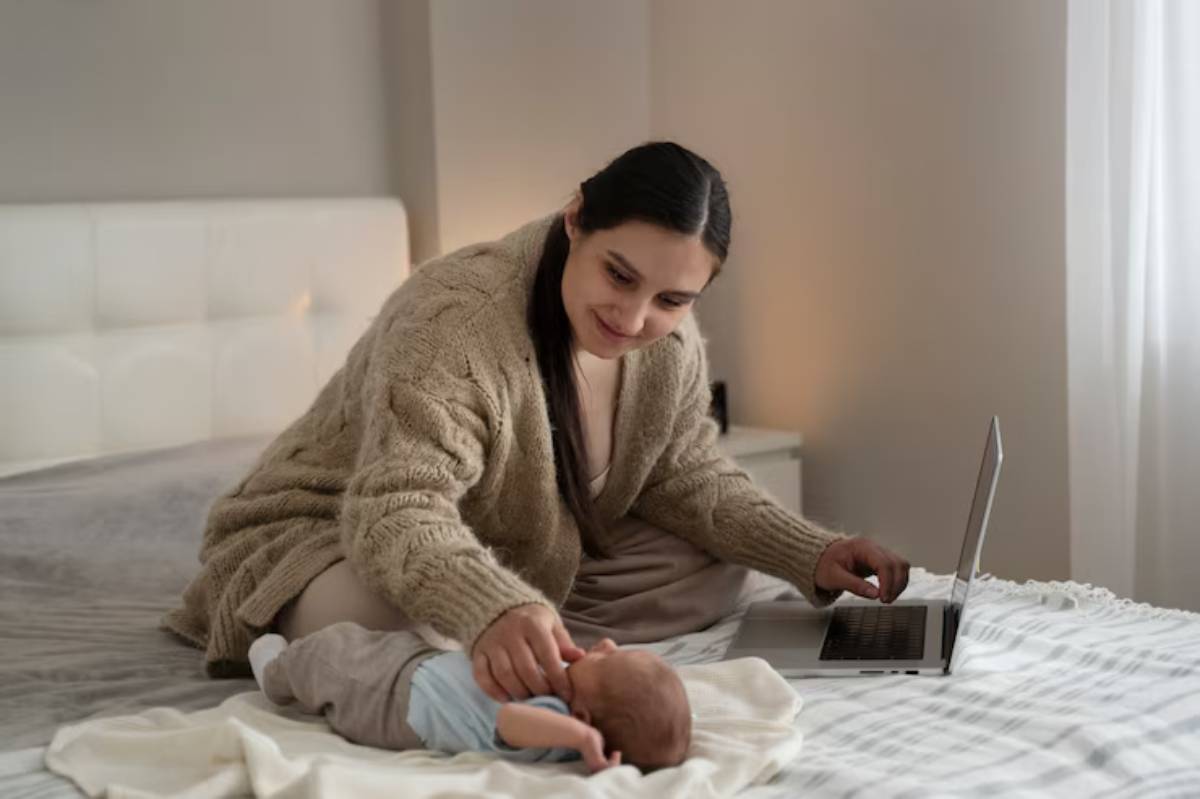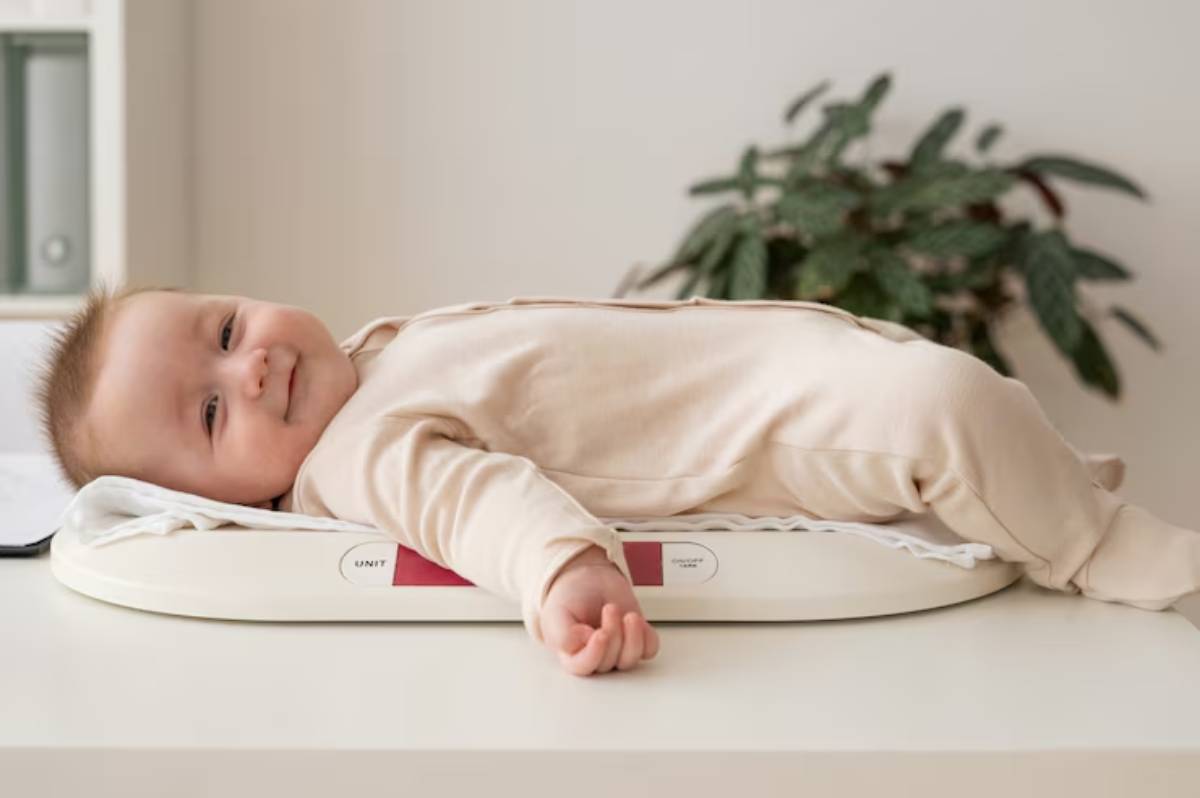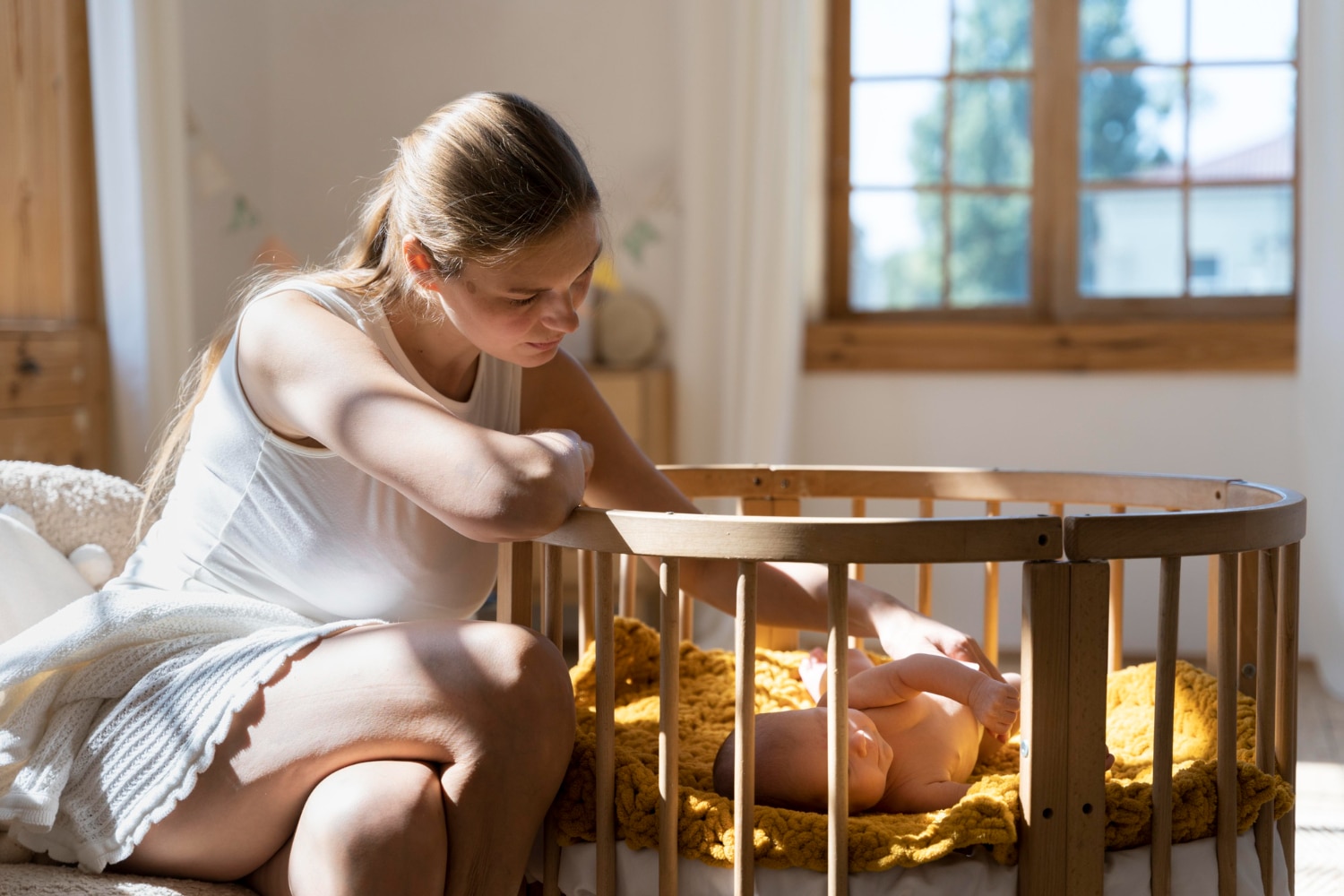
Choosing the Right Crib Mattress for Safe Sleep
If you’re expecting a baby or have just welcomed a little one, chances are you’ve already started creating the perfect nursery — soft lighting, sweet lullabies, and adorable blankets. But amidst all the charm, there’s one choice that carries significant weight for your baby’s health and safety: choosing the right crib mattress.
Unlike toys or décor, a baby’s mattress isn’t about aesthetic — it’s a vital element in promoting safe sleep surfaces and reducing risks like Sudden Infant Death Syndrome (SIDS). And with so many types, materials, and firmness ratings to consider, it’s no surprise that choosing the best crib mattress can feel overwhelming.
In this article, we’ll guide you through everything you need to know — from essential safety standards to comfort features — helping you make a confident, well-informed decision. Because when your baby sleeps safely, you sleep better too.
Why a Safe Crib Mattress Matters
Sleep Safety and SIDS Prevention
According to The Lullaby Trust and NHS guidelines, the safest place for a baby to sleep is on their back, on a firm, flat mattress, in a separate cot or Moses basket in the same room as you. A mattress that’s too soft, poorly fitted, or made from unsafe materials can increase the risk of SIDS.
More Than Just Comfort
For newborns, a mattress is not just a sleep surface — it’s their environment for up to 16 hours a day. A high-quality, safety-tested mattress supports healthy spinal alignment, prevents overheating, and provides a breathable, hypoallergenic surface for better sleep and health.
Key Features of the Best Crib Mattress
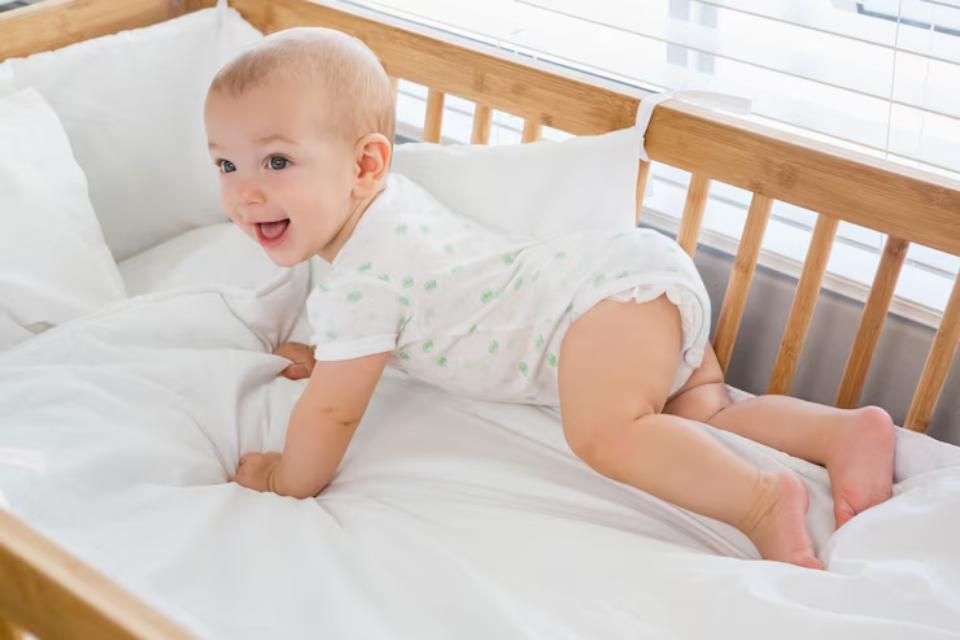
1. Firmness
Soft might sound comfortable, but babies need firm support to prevent sinking. A mattress that’s too soft can increase the risk of suffocation or rebreathing of carbon dioxide.
How to test firmness:
- Press your hand into the centre of the mattress — it should spring back immediately.
- Avoid memory foam mattresses for infants, as they conform too closely to the body.
2. Size and Fit
An ill-fitting mattress can leave gaps around the edges, which pose a safety risk. The mattress should fit snugly into the cot, with no more than a 2cm gap on any side.
For standard UK cots:
- Cot mattress: Typically 60 x 120 cm
- Cot bed mattress: Typically 70 x 140 cm
Check your cot’s exact dimensions before purchasing.
3. Breathability and Airflow
Mattresses made with breathable fabrics or ventilation channels allow air to circulate, reducing overheating, a known risk factor for sleep disruption and SIDS.
Look for:
- Perforated or mesh layers
- Cooling or temperature-regulating materials
- CertiPUR-EU certified foams for safety
Types of Crib Mattresses Explained
Foam Mattresses
- Lightweight and affordable
- Available in various densities
- Should be high-density and firm for newborns
Avoid cheaper foam mattresses that compress too easily or retain heat.
Spring/Innerspring Mattresses
- Durable and supportive
- Often have better edge support
- Tend to be heavier and more expensive
Good for long-term use or convertible cots that grow with your child.
Dual-Sided Mattresses
These offer one firm side for infants and a slightly softer side for toddlers. They’re ideal if you’re using a cot bed that converts as your baby grows.
Organic and Natural-Fibre Mattresses
- Made from materials like coconut coir, wool, cotton or latex
- Often marketed as eco-friendly or hypoallergenic
- Ensure they still meet British Standard safety regulations
Natural doesn’t always mean safe — make sure firmness and fit are appropriate.
Safety Certifications to Look For
In the UK, crib mattresses should conform to the following:
- BS EN 16890:2017 — The European standard for cot mattresses
- BS 7177:2008 — Covers flammability for domestic mattresses
Also look for:
- GREENGUARD Gold certification for low chemical emissions
- CertiPUR-EU for foam safety
- Hypoallergenic or OEKO-TEX® labels for fabric testing
If you’re also reviewing the broader environment your baby sleeps in, consider our article on setting up the ideal sleep environment for your newborn to complement your mattress choice.
Waterproofing and Covers: What to Know
Do You Need a Waterproof Layer?
Yes. Accidents are inevitable, and a waterproof, washable cover helps prevent bacteria, mould, and allergens from settling into the core.
Look for:
- Removable, machine-washable covers
- Non-toxic, phthalate-free waterproofing
- Materials that don’t rustle or trap heat
Avoid PVC covers, which can crack over time and are less breathable.
How Often Should You Replace a Crib Mattress?
While tempting to reuse a mattress from an older sibling or friend, the safest approach is to buy a new mattress for each baby. Used mattresses may:
- Harbour bacteria, mould, or dust mites
- Lose firmness or structural integrity
- Have been stored in unsafe conditions
Even if a second-hand mattress looks clean, micro-level wear can make it less safe over time.
Common Mistakes to Avoid
1. Buying a Soft Mattress for Comfort
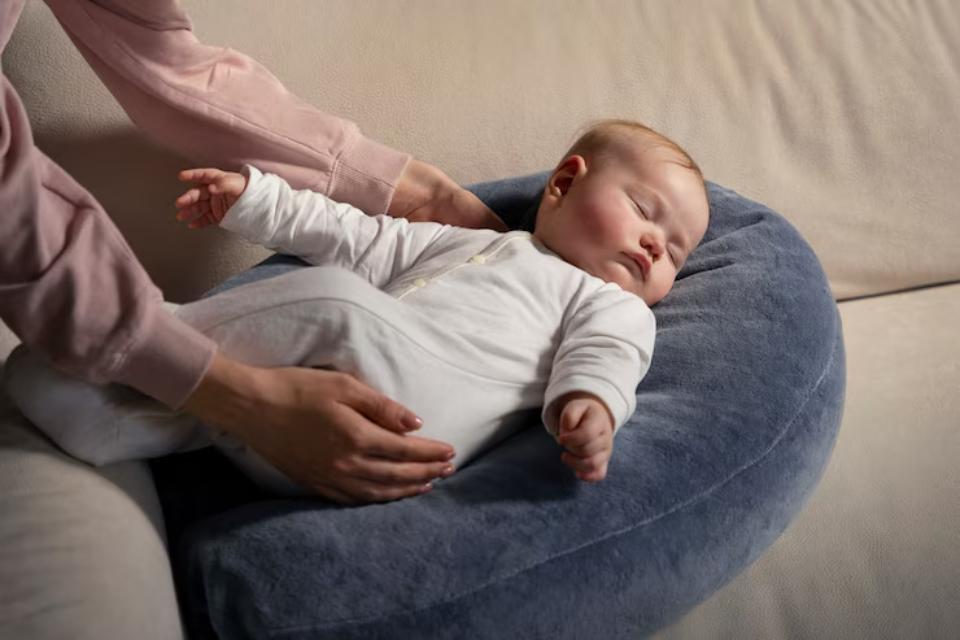
It’s a common misconception that softer equals better sleep. Babies need firmness to keep their airway open and ensure safe positioning.
2. Using a Mattress That Doesn’t Fit Properly
Even a small gap can be a risk. If you can fit more than two fingers between the mattress and cot frame, it’s too small.
3. Ignoring Breathability
Hot, non-breathable mattresses can contribute to overheating and discomfort, disrupting sleep and safety.
4. Choosing Based on Aesthetics or Trends
Safety and function should always outweigh design or influencer trends. Focus on what’s proven to protect and support your baby.
Real-Life Experience: Olivia’s Decision
When Olivia, a first-time mum, started researching mattresses, she was drawn to plush, memory foam options. They looked cosy, but after reading NHS guidance and speaking to her health visitor, she changed her mind.
She chose a dual-sided, firm foam mattress with a breathable ,waterproof cover. “It felt counterintuitive at first,” she said, “but once I understood the science, I knew I’d made the right choice. My daughter sleeps well, and I sleep knowing she’s safe.”
Stories like Olivia’s highlight how parental instinct paired with education makes all the difference.
Complementary Products That Enhance Safety
While the mattress is the foundation, the entire sleep setup should follow safe sleep guidelines:
- Fitted sheet only — no pillows, toys, or bumpers
- Room temperature between 16–20°C
- Sleep sacks instead of loose blankets
- Baby monitor with temperature sensor for added peace of mind
To create a truly sleep-optimised space, see how baby sleep aids like blackout curtains and white noise machines can enhance restful nights: Blackout curtains, white noise and more tools for better baby sleep
Sleep Safety Starts from the Bottom Up
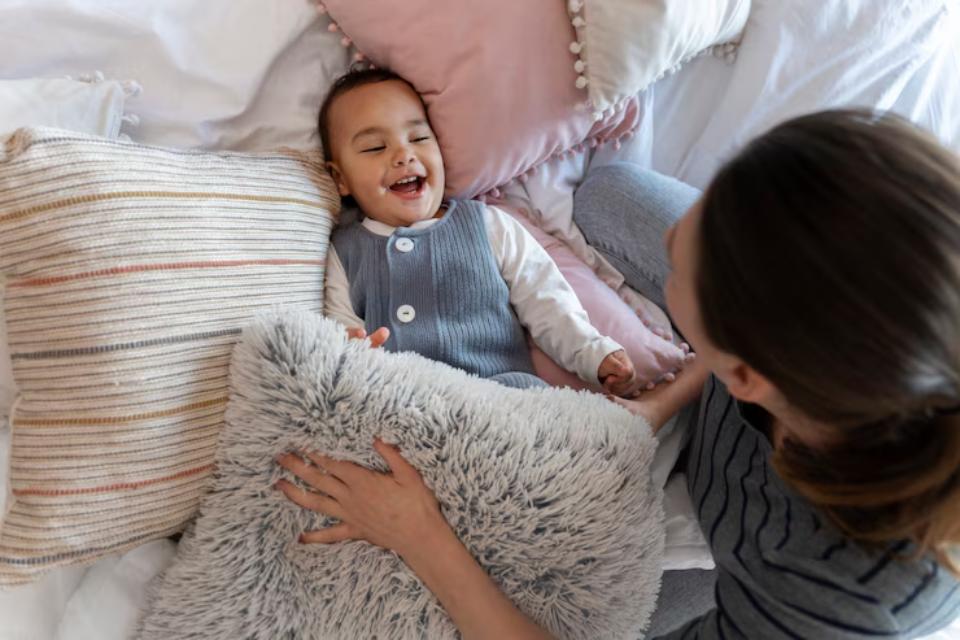
Choosing the right crib mattress is one of the most important — yet overlooked — decisions you’ll make for your baby’s early months. It’s not just about comfort. It’s about safety, development, and peace of mind.
By focusing on firmness, fit, breathability, and certified materials, you’re laying the foundation for restorative, safe sleep. Paired with a calm environment and proper sleep habits, the right mattress supports your baby’s wellbeing — one nap at a time.
Have questions about your sleep setup or tips to share with other parents? Drop them in the comments below — and don’t forget to subscribe for more expert-backed advice on newborn care and development.
